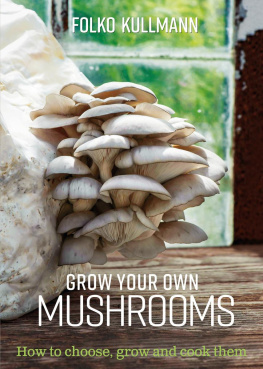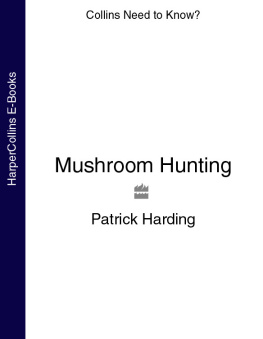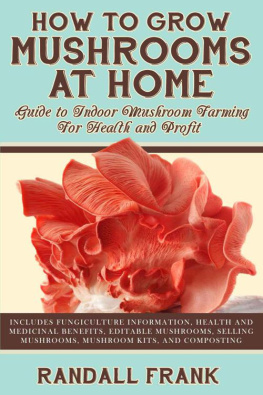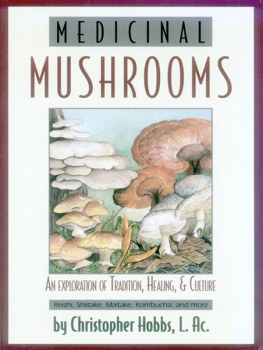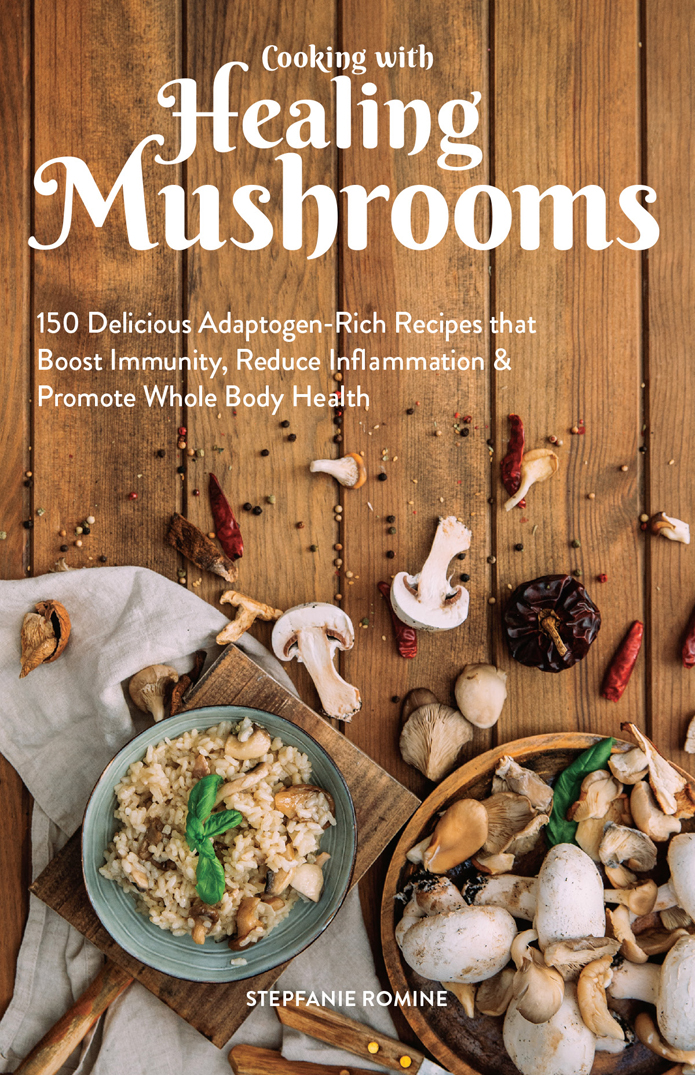
Text copyright 2018 Stepfanie Romine. Design and concept copyright 2018 Ulysses Press and its licensors. All rights reserved. Any unauthorized duplication in whole or in part or dissemination of this edition by any means (including but not limited to photocopying, electronic devices, digital versions, and the internet) will be prosecuted to the fullest extent of the law.
Published in the United States by:
ULYSSES PRESS
P.O. Box 3440
Berkeley, CA 94703
www.ulyssespress.com
ISBN: 978-1-61243-849-8
Acquisitions editor: Bridget Thoreson
Managing editor: Claire Chun
Editor: Lauren Harrison
Proofreader: Shayna Keyles
Front cover design: Raquel Castro
Cover photos: front and spine Victoria43/shutterstock.com; back Africa Studio/shutterstock.com
Interior design: Jake Flaherty
NOTE TO READERS: This book has been written and published strictly for informational and educational purposes only. It is not intended to serve as medical advice or to be any form of medical treatment. You should always consult your physician before altering or changing any aspect of your medical treatment and/or undertaking a diet regimen, including the guidelines as described in this book. Do not stop or change any prescription medications without the guidance and advice of your physician. Any use of the information in this book is made on the readers good judgment after consulting with his or her physician and is the readers sole responsibility. This book is not intended to diagnose or treat any medical condition and is not a substitute for a physician.
This book is independently authored and published and no sponsorship or endorsement of this book by, and no affiliation with, any trademarked brands or other products mentioned within is claimed or suggested. All trademarks that appear in ingredient lists and elsewhere in this book belong to their respective owners and are used here for informational purposes only. The author and publisher encourage readers to patronize the quality brands mentioned in this book.
To my mom, an extraordinary woman.
Table of Contents
Guide
Contents

A portion of the proceeds from this book will go to Bounty and Soul, a grassroots, volunteer-run nonprofit that provides healthy food, nutrition education, and other resources to underserved communities in Buncombe County, North Carolina, ensuring that health and healthy eating are not a luxury, but a right. All donations will go toward providing plant-based and, of course, mushroom-based foods! I am honored to help support the mission and values of Bounty and Soul.

Growing up in a small Ohio town, I was exposed to mushrooms in exactly two contexts: canned on pizza or raw from salad bars. Neither one appealed to me, so I filed mushrooms away under foods I dont like until I became a vegetarian in the late 90s. Back then, if you didnt eat meat, your best option at a restaurant was usually a portobello mushroom sandwich. And so I learned to like mushrooms, one soggy, underseasoned, oversalted portobello at a time.
A few years later, I spent three months living in the Loire Valley in France. During my homestay and trips into Paris, I was introduced to other types of mushrooms: porcini, morels, and oysters, especially. Still, I never attempted to cook them myself. They seemed so exotic and gourmetafter all, thats how such mushrooms were labeled in U.S. supermarkets.
Then in 2005, I moved to South Korea to teach English. That vegetarian diet was a distant memory, and I had grown into an adventurous foodie. For 14 months, the South Korean capital of Seoul became my playground. Armed with my pocket dictionary and an eagerness to try new foods, I explored restaurants and markets every chance I had. Even a trip to the Carrefour supermarket around the corner from my high-rise apartment building was an adventure. Mushrooms were an integral part of the Korean diet, from shiitake and enoki to plain buttons and velvety oysters.
At the end of every term, my coworkers and I gathered for a celebratory dinner. It was often Korean barbecue, with rich meats cooked over charcoal in a humble streetside stall. But in the bitter cold winter months, we chose shabu shabu, pots of boiling mushroom and beef broth served with thin slices of raw beef, ruffly Napa cabbage leaves, and an assortment of mushrooms.
The dish was simple and communallike so many of my most memorable meals in Seouland those mushrooms were what captured my attention. Jars of them lined the counter at the restaurant, and the servers would trim off the fruiting bodies moments before serving them. Wed plunge the mushrooms into the boiling broth, then eat them with a variety of spicy and savory sauces. Id never seen enoki mushrooms before, and they seemed otherworldly, little pearls atop delicate strands. I had no idea then that mushrooms were medicinal.
The transition from mushrooms as a culinary delight to medicinal ingredient happened years later, after I moved to the mountains of North Carolina in search of a simpler life. Im not sure I ever would have written this cookbook if I hadnt moved to Asheville back in 2012. Before then, I cooked with mushrooms only for flavor, and my favorite mushroom was likely a truffle. But here in the Blue Ridge Mountains, mushrooms have a way of finding you and drawing you in to their magic, their medicine, and their beauty. A few months after moving here, my now husband, Sam, and I found ourselves at the Asheville City Market. Going to the farmers market (and sometimes more than one) had long been a weekend ritual for me, but this one was so different from the ones I knew up north. The Asheville market had the usual locally sourced vegetables, meats, and baked goods, but it also had nearly a dozen vendors selling herbal elixirs, tinctures, and dried ingredients I didnt recognize.
One of those vendors was Alan Muskat, a mycologist and forager who through his company No Place Like Home leads wild edible hunting trips year-round in the forests and valleys surrounding Asheville. Alans table was a dizzying display of new-to-me ingredients, which I sampled and savored with great enthusiasm. It was early yet, the market slow, and Alan had ample time to talk, which I would soon learn was a rarity, as his booth is quite popular.
Though I immediately forgot the names of each leaf he handed me, I felt emboldened with every bitter, astringent bite. We had moved to the mountains to live a healthier life more in touch with nature, and this, I smugly believed, was bringing me closer. Look at me, I thought. Im eating wild native plants. Im such an adventurous, eco-minded foodie! (I tend to get carried away and go all in when something strikes my fancy.) Then I tried a fragrant spruce tip, its piney taste overwhelming my taste buds. I felt like I was trying to eat a car air freshener. I tried not to cough as I struggled to swallow it. I took a huge swig of water and prepared to make my exit, realizing it was only six weeks ago that I had been living in a walk-up apartment in the gritty urban core of Cincinnati, not a tiny house with a wood stove nestled against a mountainside in the dense treetop canopy. I had a long way to go before I would be ready to trust myself in nature.


